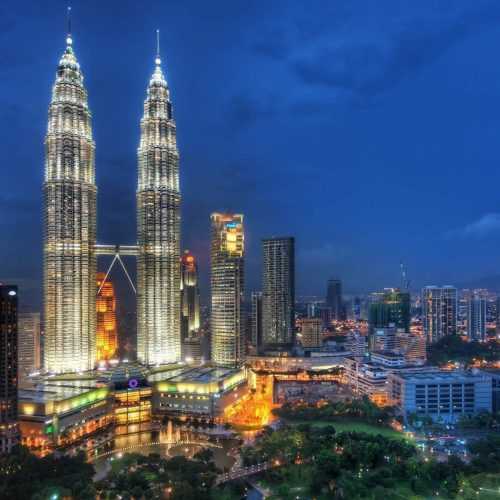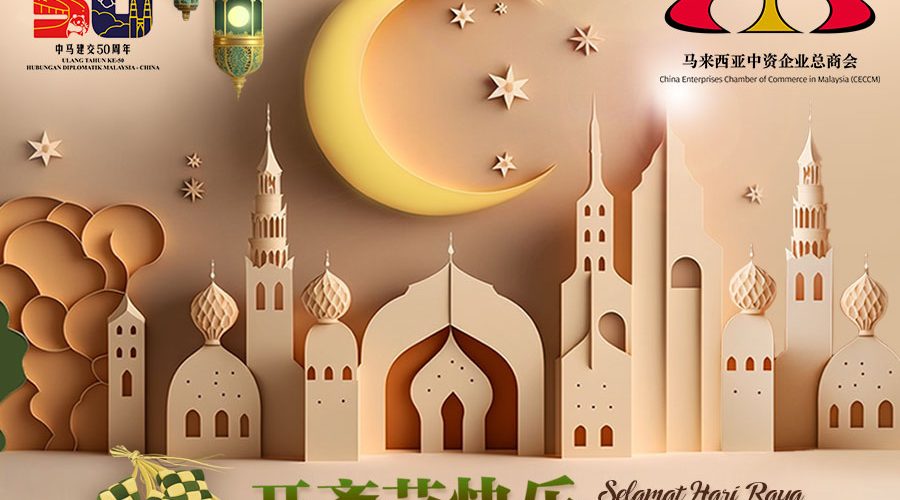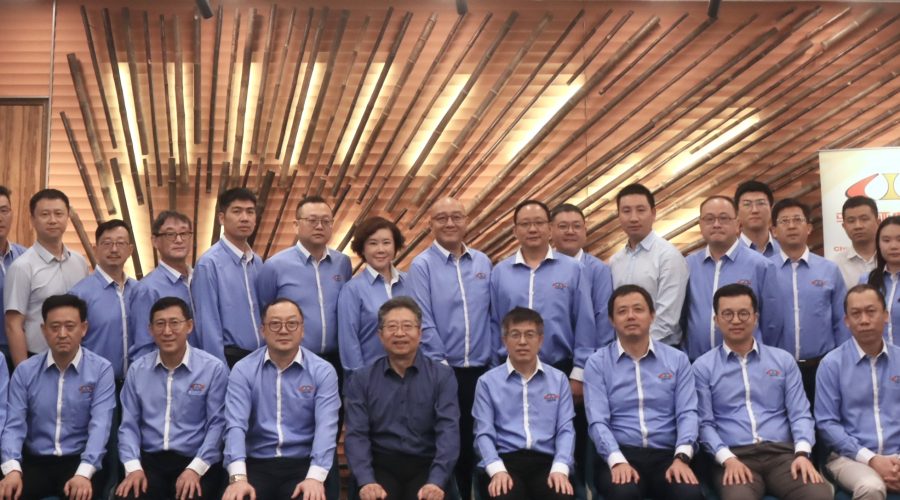To learn more about Malaysia, spend three minutes to read the article below.
Chinese name “马来西亚”, English and Malay known as “Malaysia”.
About 330,000 square kilometers.
Malaysia is located in Southeast Asia, divided into east and west parts by the South China Sea. West Malaysia is located in the southern part of the Malay Peninsula, bordering Thailand to the north, Singapore to the south across the Strait of Johor, the South China Sea to the east, and the Strait of Malacca to the west.
East Malaysia is located in the northern part of Kalimantan Island, adjacent to Indonesia, the Philippines, and Brunei. The total coastline of the country is 4,192 kilometers with climate of tropical rain forest. The average temperature in the mountain area is 22-28°C and the coastal is 25-30°C. Take Kuala Lumpur as example, it is 30°C all year round and has two seasons a year, the dry season and the rainy season. It is generally cool when morning and evenings with strong ultraviolet rays during the day. Indoor office buildings or shopping malls are fully air-conditioned.
32.4 million. Among them, 69.1% are Malays, 23% are Chinese, 6.9% are Indians, and 1.0% are of other races. Malay is the national language, English and Mandarin are widely used.
There’s no need to worry about language issues when you visit Malaysia especially Mandarin. Most of the Malaysian Chinese speaks fluent Mandarin.
Islam is the state religion and there are other religions including Buddhism, Hinduism and Christianity.
Malaysia is an open and peaceful country. Although Malaysians believe in different religions, Malaysians always respect and get along with each other. Please be mindful and respect different religious customs especially when visiting the local religious building in Malaysia.
Malaysia is consisted of 13 states and 3 federal territories. The 13 states are Johor, Kedah, Kelantan, Malacca, Negeri Sembilan, Pahang, Penang, Perak, Perlis, Selangor, Terengganu, and Sabah and Sarawak in East Malaysia. In addition, there are 3 federal territories, the capital Kuala Lumpur, Putrajaya and Labuan.
The capital of Malaysia is Kuala Lumpur which has a population of about 1.8 million, accounting for 5.56% of the country’s population.
There are hundreds of large and small festivals in the country. However 10 national festivals fixed by the government, namely: National Day (also known as Independence Day, August 31), New Year’s Day, Eid al-Fitr, Chinese New Year, Haji Day, Deepavali, Labour Day, Christmas Day, Wesak Day and the birthday of the current Agong- head of state of Malaysia. Except for a few festivals with fixed dates, the specific dates of other festivals were announced by the government in the year before.
There are also many public holidays in Malaysia and each state has its own special holidays. Coupled with weekends and annual holidays, Malaysian get to enjoy number of holidays.
Malaysia implements a constitutional monarchy federal system. Due to historical reasons, Sarawak and Sabah have greater autonomy. The overall political situation is stable.
Malaysia is rich in natural resources. The output and export volume of rubber, palm oil and pepper are among the highest in the world. It used to be a large tin producer in the world, and its output has been decreasing year by year in recent years. Malaysia is also rich in oil reserves (therefore gasoline is very cheap in the country), in addition to iron, gold, tungsten, coal, bauxite, manganese and other minerals.
Tourism is the country’s third largest economic pillar and the second largest source of foreign exchange income. It owns about 4072 hotels. The main tourist spots are: Kuala Lumpur, Genting, Penang, Malacca, Langkawi, Tioman Island, Redang Island, Pangkor Island, etc.
The aviation is mainly operated by Malaysia Airlines and Air Asia. The Malaysia Airlines has 89 aircraft and 113 routes while AirAsia has 188 aircraft and 83 routes. There are 25 airports nationwide, including 7 international airports: Kuala Lumpur, Penang, Langkawi, Kota Bharu, Johor Bahru, Kota Kinabalu and Kuching.
Malaysian agricultural products are mainly crop of tropical fruits such as oil palm, rubber, vegetables, cocoa, pepper and coconut, pineapple and durian. In terms of minerals, oil, natural gas and tin resources are relatively abundant.
Below are five main local products:
Tin products: The quality of tin in Malaysia is better, and its tin products have become the most famous handmade products. The Royal Selangor Pewter Factory is the world’s largest tin product factory. Its products are all made by hand, which has a high collection and commemorative value.
White coffee: White coffee is a native product of Malaysia with a history of about 100 years. White coffee does not mean that the colour of the coffee is white. It is made from special Liberica, Arabica and Robusta coffee beans and special skimmed creamer raw materials, roasted at moderate to mild low temperature and processed by special processes. It is named “white coffee” because it is lighter and softer than ordinary coffee.
Butterflies specimens: There are thousands of butterfly species in Malaysia. The locals sell the colourful butterflies into lifelike specimens and decorations and become a major specialty.
Perfume: Malaysia is rich in orchids. The locally produced “Orchid” series perfumes are of good quality, no less than French perfumes, but the price is much cheaper than French perfumes.
Batik: A type of printed cloth produced in Singapore, Malaysia and Indonesia, each with its own characteristics. Batik produced in Malaysia is mostly flowery with butterfly motifs. It is a colourful piece and reasonably priced. Perfect as a gift.
In 2018, Malaysia’s main economic figures are as follows:
Gross Domestic Product (GDP): 1.2298 billion ringgit
GDP growth rate: 4.7%
GDP per capita: 42872 ringgit
Total import and export: 1,876 billion ringgit
Foreign exchange reserves: $103 billion
The average disposable income of households in 2016 was 6,141 ringgit per month. In 2017, the average life expectancy was 72.3 years for men and 77.2 years for women.
The three main ethnic group in Malaysia which are Malay, Chinese and Indian has its own unique culture. The government strives to shape a “national education policy” emphasizing on to the popularization of Malay education. However, the Chinese education system is relatively common and complete in Malaysia.
Malaysia implements free education for all Malaysian up to primary schools. As of the end of 2017, Malaysia had 7,901 primary schools and 2,586 secondary schools. There are 20 higher education institutions in the country, including the University of Malaya and National University. In recent years, private higher education institutions have developed rapidly, with more than 500 private colleges. In 2017, there were 672,000 college students.
What kind of country is Malaysia? Of course, it is impossible to be exhaustive in just this short thousand words. Come to Malaysia, take a look with your own eyes, and feel it with your heart, you will have a unique answer in your heart.





